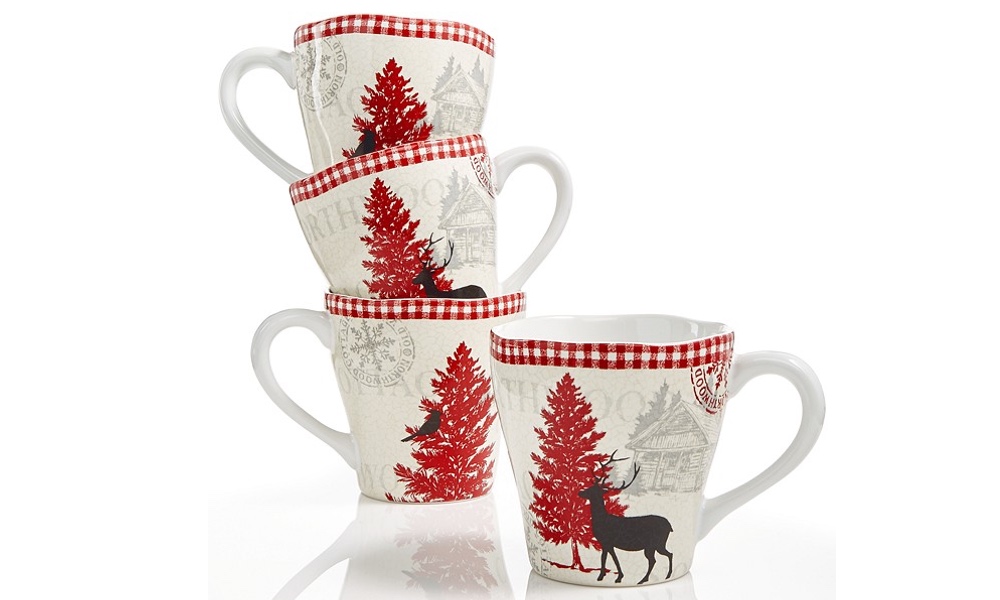As you bring out your holiday glassware, take a look at how it is decorated. The lead and cadmium in the paint used to decorate glasses can leach into acidic beverages such as soda.
Researchers performed 197 tests on different areas of 72 decorated glasses manufactured in China and Europe using x-ray fluorescence spectrometry. More than 70 percent tested positive for two heavy metals — lead and cadmium.
The lead concentrations on the glass ranged from about 40 to 400,000 parts per million, while cadmium levels were recorded between 300 to 70,000 parts per million. The limit levels for the externally decorated lip area of a drinking glass are 200 parts per million and 800 parts per million respectively, according to the U.S. Office of Environmental Health Hazard Assessment.
Artwork on the outside of glasses can't go through the glass into what you're drinking, but artwork near the top will come in contact with your lips and with whatever you are drinking.The amount of lead extracted would have a lead level well above the EPA's action level for lead in drinking water.
Researchers took a closer look at the area near the rim of 14 different glasses. They treated the outer top 20 millimeters (less than an inch) of the glass with four percent acetic acid, roughly the acidity of vinegar. In what they describe as a standard extraction, these glasses were tested to see how much lead and cadmium would leach out. Troubling amounts of lead and cadmium were extracted.
The amount of lead extracted from all but one of the glasses, even if dissolved in a full glass of liquid, would result in a lead level well above the EPA's action level for lead in drinking water (15 parts per billion). Above 15 parts per billion federal law requires a water system to take prompt steps to notify the public and reduce lead levels.
The researchers repeated this experiment on five of the glasses using soda. Less lead was dissolved than when using acetic acid, but levels exceeded compliant levels for lead in all cases.
The study did not directly test how much lead and cadmium people might be ingesting by drinking from such glasses, so there's not yet enough information to know if any decorative glasses you own are dangerous to drink from. What the study does show is that there is a possibility for harm.
The Centers for Disease Control and Prevention (CDC) points out that there is no known safe lead level for children. That alone might make people want to use their decorative glasses just for show and drink from something a bit plainer.
The authors wonder why glasses are still being made with lead and cadmium when safer alternatives exist. Most glasses eventually break, and broken glass that contains lead and cadmium are nothing more than toxic waste.
The study appears in Science of The Total Environment.





